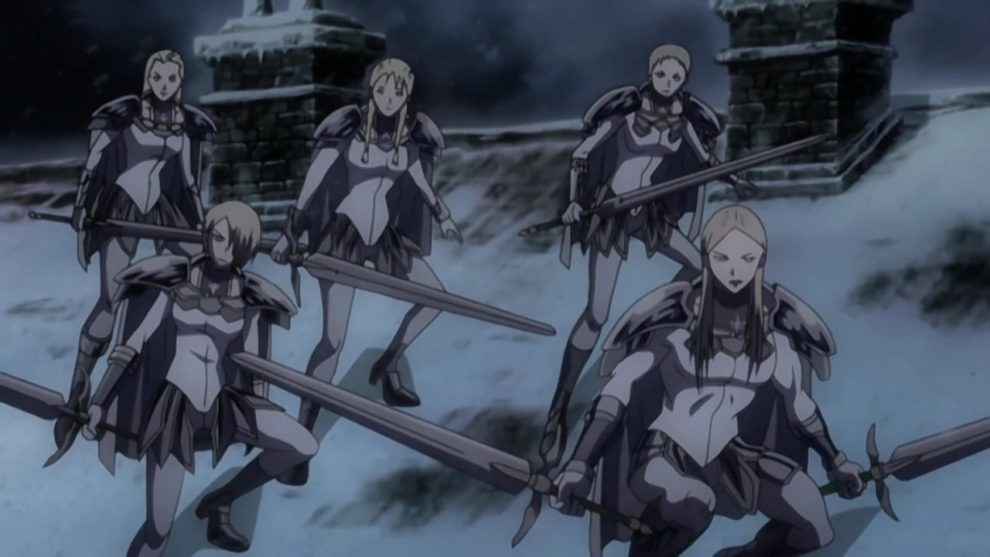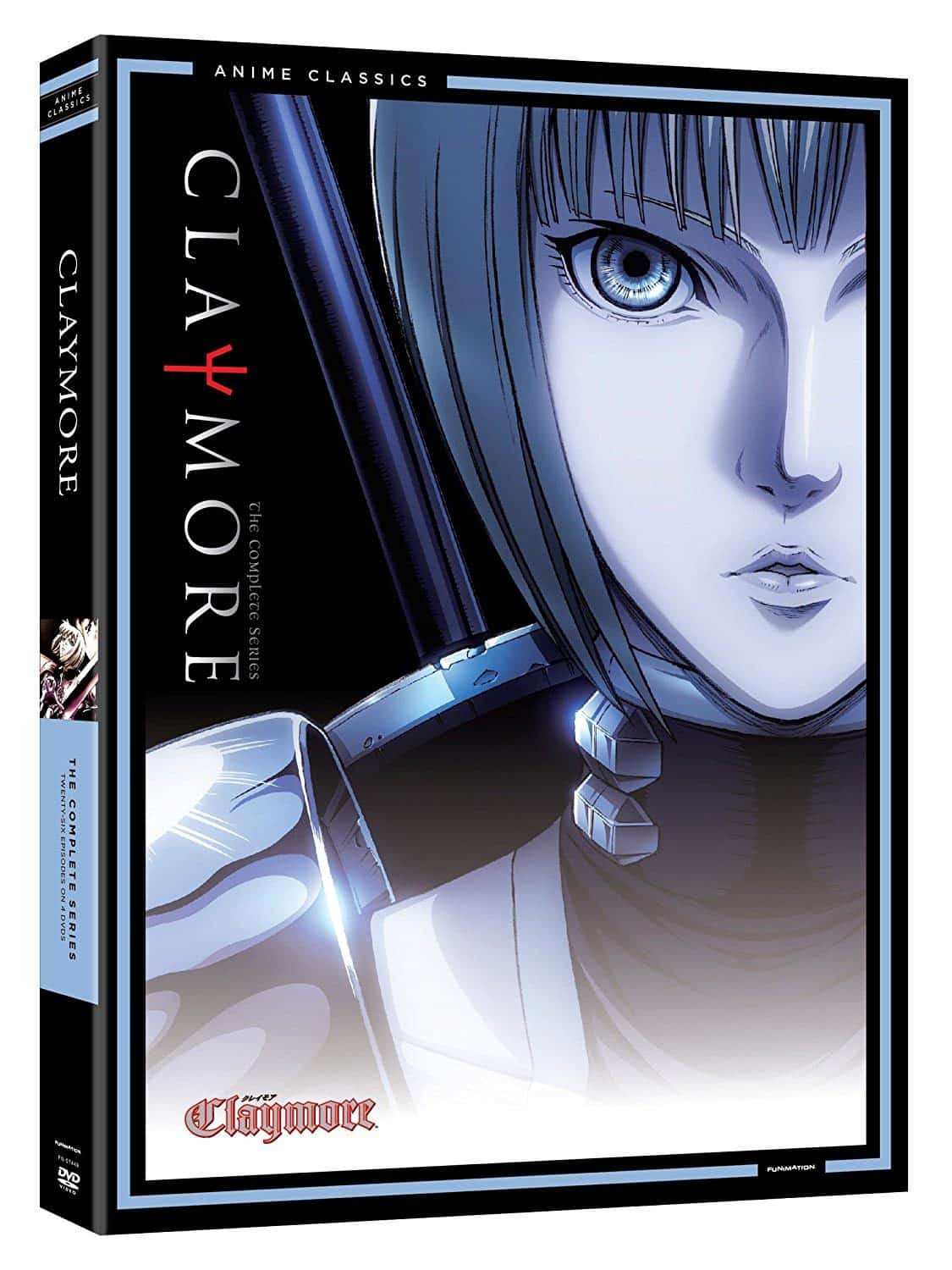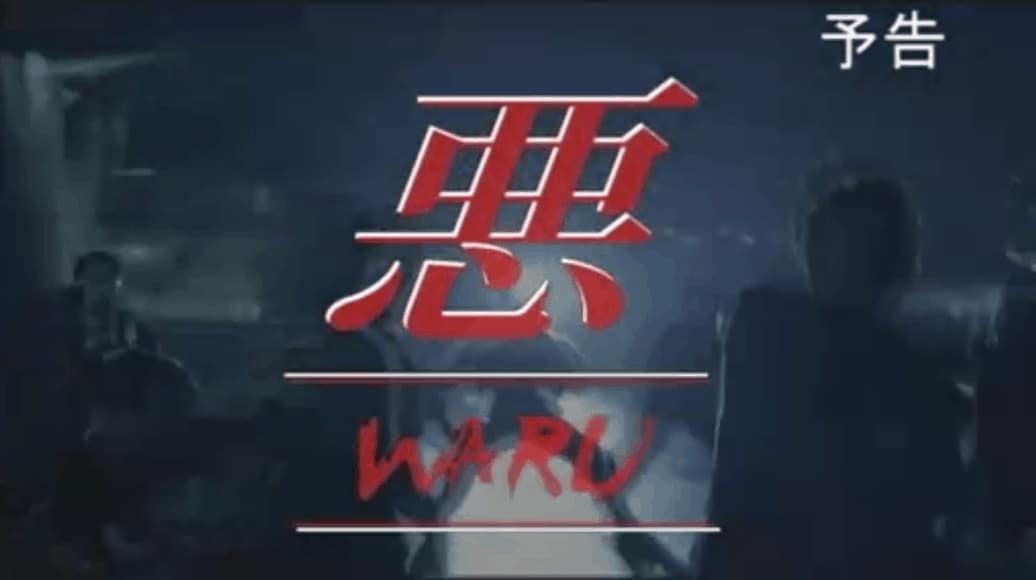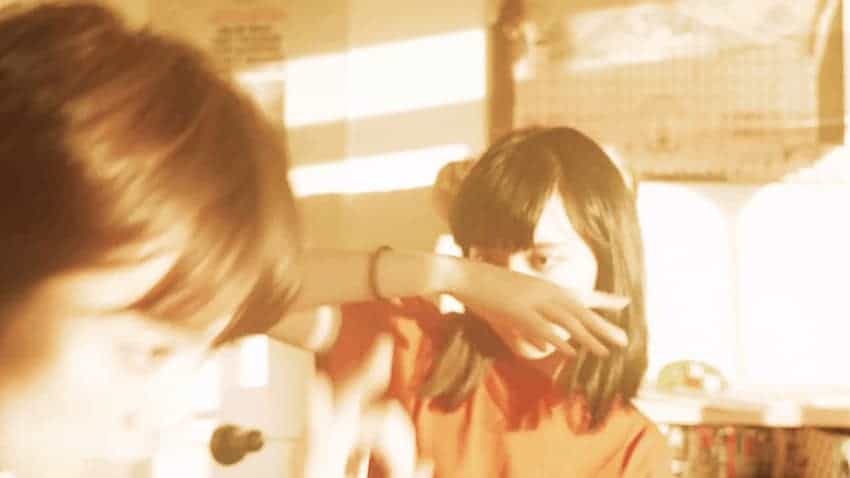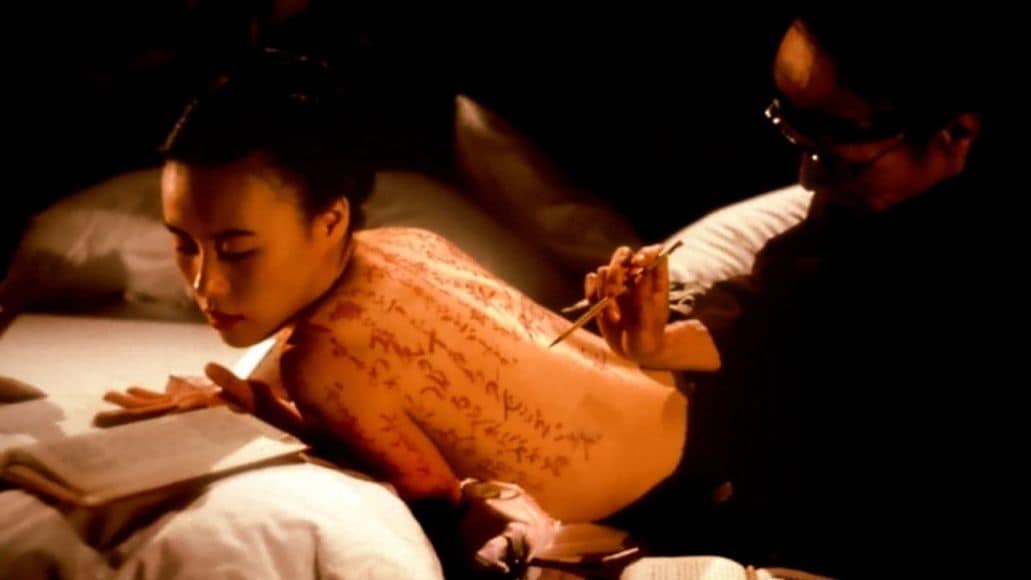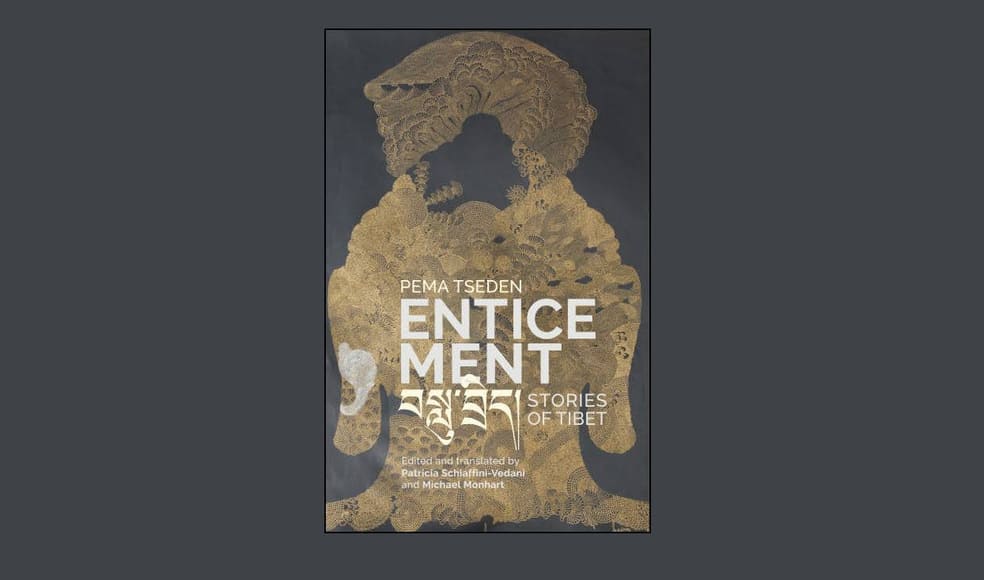The sword and magic subgenre, particularly when combined with intense violence, has resulted in some of the best anime of all time, with “Berserk” and “Attack on Titan” leading and titles like “Fate/Stay Night”, “Goblin Slayer” and “Sword Art Online” coming close by. “Claymore” is one among them, and a title that has managed to withstand the test of time from 2007, when it was first introduced.
Buy This Title
on Amazon by clicking on the image below
The story unfolds on a fictional medieval island where humans are plagued by Yoma humanoid shape-shifters that feed on humans. A mysterious group known as The Organization, creates human-Yoma hybrids to kill Yoma for a fee. These female warriors wear armored uniforms. The public refer to them as “Claymores”, alluding to their claymore swords, or “Silver-eyed Witches”, due to their silver eyes. Yoma and Claymore warriors alike are powered by a demonic energy, Yoki, which allows shape-shifting and extreme strength. When warriors use too much Yoki, they “awaken”, becoming a super-Yoma called an Awakened Beings, while essentially becoming enemies of the Organization. Furthemore, and according to their power, the Claymores also carry a number ranging from 1 (the best warrior) to 47.
It is in this setting that the series begins with No. 47, Clare saving a young boy, Raki, from a Yoma, with the latter eventually forcing himself to the company and the heart of Clare. The next arc flashes back to the time of Teresa, warrior No. 1 of her era, essentially presenting how Clare came to be a claymore. The next arcs go back to present time, introducing more claymores and more powerful enemies, while shedding more light to the way The Organization works. All the while, Clare and Raki are trying to find each other.
What becomes evident quite quickly here is that despite all the violence, monsters, mystery and almost non-stop action, Hiroyuki Tanaka actually directs a melodrama where the aforementioned elements are essentially secondary, with the fact becoming more and more apparent as the story progresses. The way Raki and Clare become friends, due to their rather dire past, the secret behind the creation of Claymores, the fact that these fighter always have to struggle with limiting their power to avoid becoming monsters themselves, that they are ostracized by society and that they are also killed by scores on occasion, only to be replaced by someone else, all move towards the same direction. Even the fact that they can regenerate, thus avoiding death on a number of occasions, is portrayed as something that results in tremendous agony, with the pain both villains and claymores suffer from adding even more to that sense.
Love seems to provide a solace that is brief, eventually also becoming a tormentous concept, with Teresa's arc and the finale of the series highlighting this approach in the best fashion.
The fact remains though, that Tanaka manages to hide this aspect quite well, under the usual tactics of the shonen anime, with the protagonist starting as the worst, revealing her true potential and becoming better and better, as much more powerful foes and allies appear around her. Some issues with the character creation by Takahiro Umehara do exist, since the claymores in particular look very much alike, particularly after a number of them are introduced, with the same applying to the constant cutting of hands regarding the action aspect. Besides these issues however, the monsters and demons are excellently drawn and animated by Madhouse, with the same applying to the rather brutal fights, even if the blood here is not its usual red color. At the same time, the aforementioned dramatic aspect, particularly regarding the pain and even death of some of the protagonists, definitely adds to the impact of the action scenes, as much as that the major villains also get their share of time regarding their past.
Lastly, the medieval setting looks as sinister and dystopian as in “Berserk” on occasion, while the fact that colors remain bleak, and there is no slapstick humor whatsoever, including the silly faces anime fans so much seem to love, definitely adds a tick in the pros column.
“Claymore” has its issues, and the fact is that on occasion, it borders on the overdramatic. As a whole however, it definitely rises beyond any problems, resulting in a title that is as pleasurable to watch now as it was upon its initial release.


